Soon to be: Blue Safari Fly Fishing, a new name with the same extraordinary Seychelles adventures.
Species
One of the most diverse fisheries in the world, explore the various species we have on offer in the Seychelles

Species
One of the most diverse fisheries in the world, explore the various species we have on offer in the Seychelles
Destinations
Every destination is unique and every fly fishing package professionally planned. Your trip can include one destination or a variety of islands and atolls depending on your desired trip length and preferred target species

Destinations
Every destination is unique and every fly fishing package professionally planned. Your trip can include one destination or a variety of islands and atolls depending on your desired trip length and preferred target species










